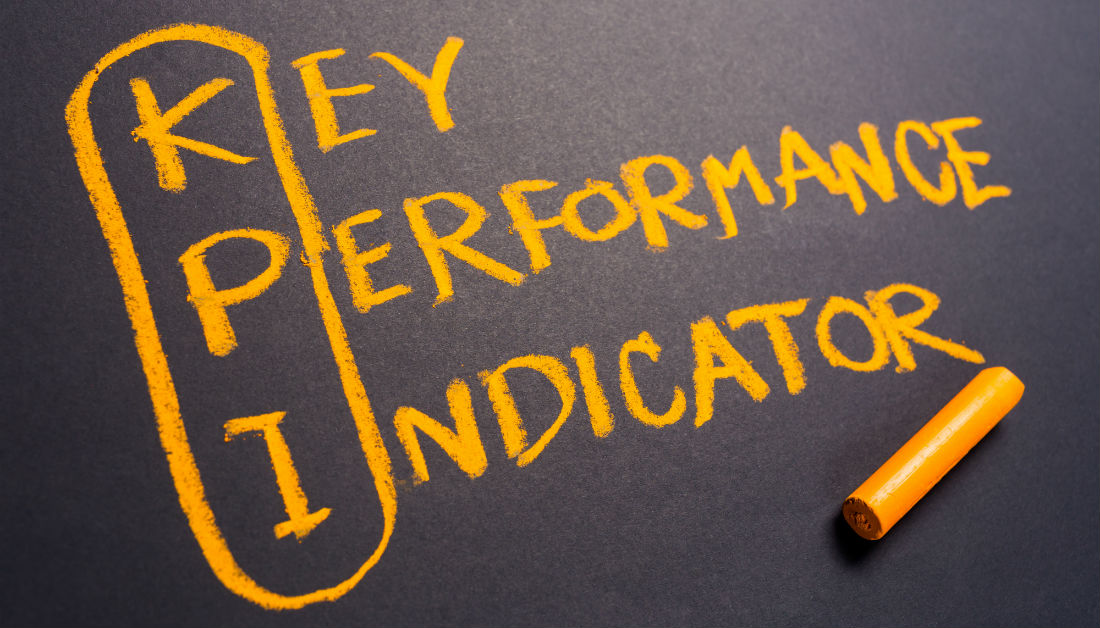Setting KPIs for Beginners: Types of KPI
We know the why in the role of KPIs in Supplier Relationship Management. But we also need to be able to identify which type of KPI will bring the best results.
Catch up with the first part of this introductory overview of the role and relevance of KPIs to support Supplier Relationship Management (SRM).
So now we have established the role of the KPI in the SRM process, we need to think about the type of KPI we’ll use. Much of the decision making around this will be based on what procurement is measuring with the KPIs.
Remember – procurement should discuss KPIs with other stakeholders and, where possible, involve suppliers too. This engagement could make the difference between success and failure.
Types of KPI
Here’s an overview of the three different types of KPIs:
- Quantitative – these are measurable, numeric and objective, like rating on a scale of 1 to 10. An example of a quantitative KPI would be the number of late deliveries per quarter.
- Qualitative – these KPIs are more subjective. An example could be how responsive the supplier is to a request – let’s say you have a special order that needs to be delivered to an unusual location. It’s a one-off request, but if the supplier makes the delivery it would save you significant costs in transport and you know they make deliveries to that location for other customers. Is the supplier reluctant to change the delivery location, and is there a fee involved? Is the fee reasonable?
- Cultural – are the KPIs aligned with your organisational values? Let’s say your organisation has a drive to always buy locally-made products. You want KPIs to capture whether your suppliers are buying locally as well.
Remember, there’s no one-size-fits-all set of KPIs. Whether you are working on direct or indirect categories, manufacturing or distribution, you need to match the KPIs to the supplier.
For your Toolkit: KPI Checklist
This checklist is a quick summary to confirm if your KPI will stand up to scrutiny.
- Is it measurable? If it’s not measurable, than what good is it? How will you know if your supplier is meeting the required standards?
- Is it meaningful? Do you or anyone else in the organisation care about it – if not, why collect it?
- Is it actionable by the supplier? There’s no use measuring a data point and feeding that information back to the supplier if the supplier is unable to act on or improve the situation. If it’s not within their sphere of influence, they probably won’t accept the KPI to begin with.
Keep the KPIs simple, easy to understand and easy to measure. Ensure they support your overall business strategy and objectives by aligning them to your customer requirements.
Experience shows it’s better to capture a few vital measures that can be tracked consistently and repeatedly. This is much more effective than measuring randomly and or inconsistently.
Institutionalising the measurement process and regularly reinforcing it with suppliers and stakeholders will provide a common ground and common language, support a collaborative environment and make it easier for everyone to understand, participate and achieve.
Finally, you want to reinforce the value of the data collection to support improved business performance – that is, now that you’ve collected the information, make sure you tell the right story.
Contract Level KPI Reports
The dashboard (or scorecard) summarises your KPIs and measures them against a particular supplier. This tool can be used internally to review a supplier’s past or current performance. It’s also important to share this information with the supplier so they are aware of the data and can act upon it.
KPI status reports should be delivered in a timely manner to enable you to address stakeholder concerns quickly and responsively. The reports need to include all the relevant information your stakeholders require – this includes the good and the bad.
You don’t want the senior management finding out bad news from the inter-office grapevine or worse, the media. This is your chance to deliver important details relevant to the success of the business. It’s your news and you want the kudos that go along with identifying and sharing it first.
You also want to define a clear escalation process to address issues and problems as they arise. For example, in a supplier review meeting you may realise the supplier’s data doesn’t match yours.
The supplier is reluctant to change their process based on your data, when their own data says everything is okay. You need an agreed escalation point to review and resolve this disagreement.
Finally, you want KPIs that will deliver predictive measures, not just historical. This allows you to stay one step ahead by being in a position to identify and act upon issues before they become serious. Predictive measures will also help you to identify targets for the supplier to meet and beat over the course of the contract.
All of this information fits into the reporting documentation to demonstrate how and why you’re spending your organisation’s money. The highlights of this report can be summarised in the dashboard and presented to senior management.
Stay tuned for the third and final article in this series, which explores systems used to capture KPI data, typical data points for measuring KPIs, and multi-supplier performance dashboards.
